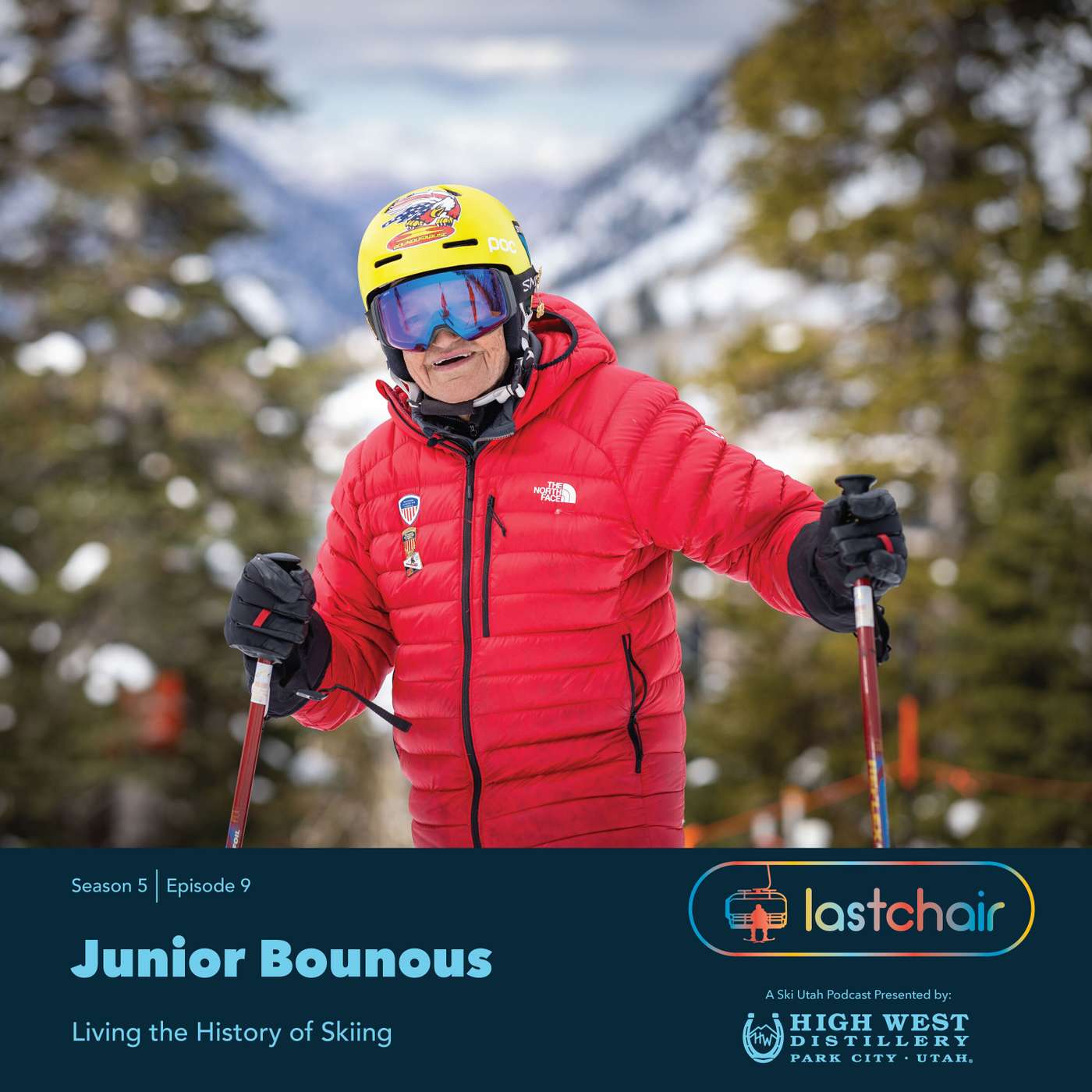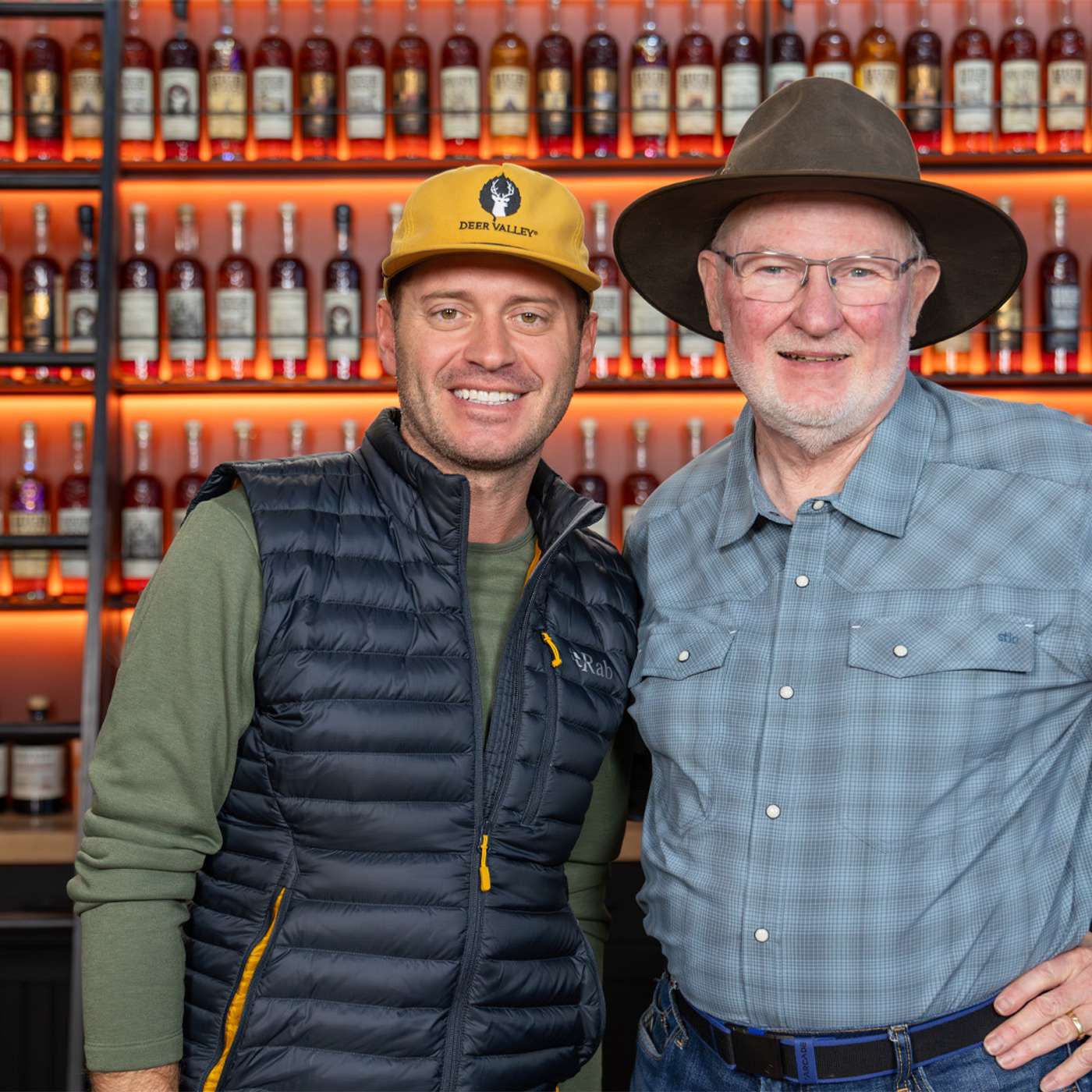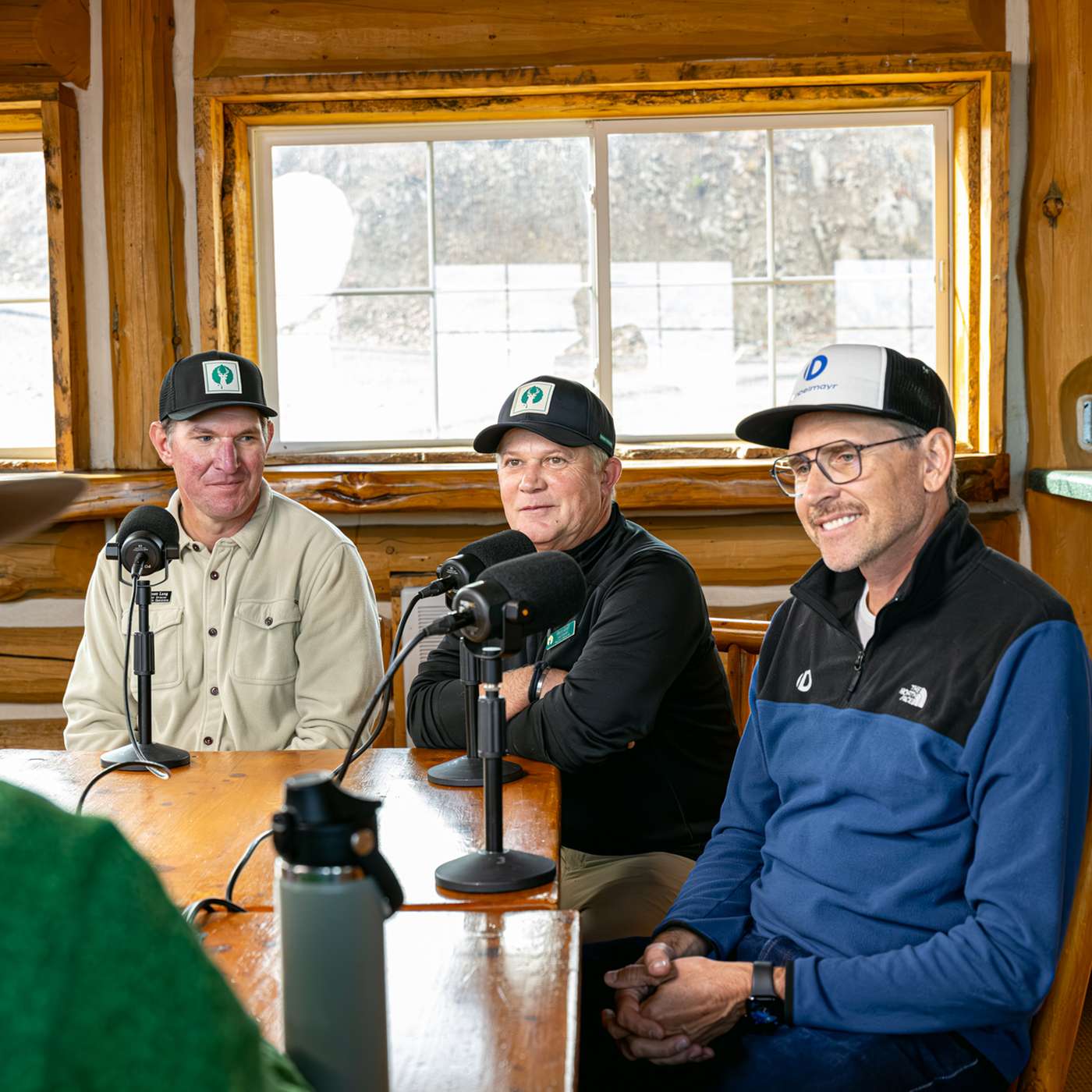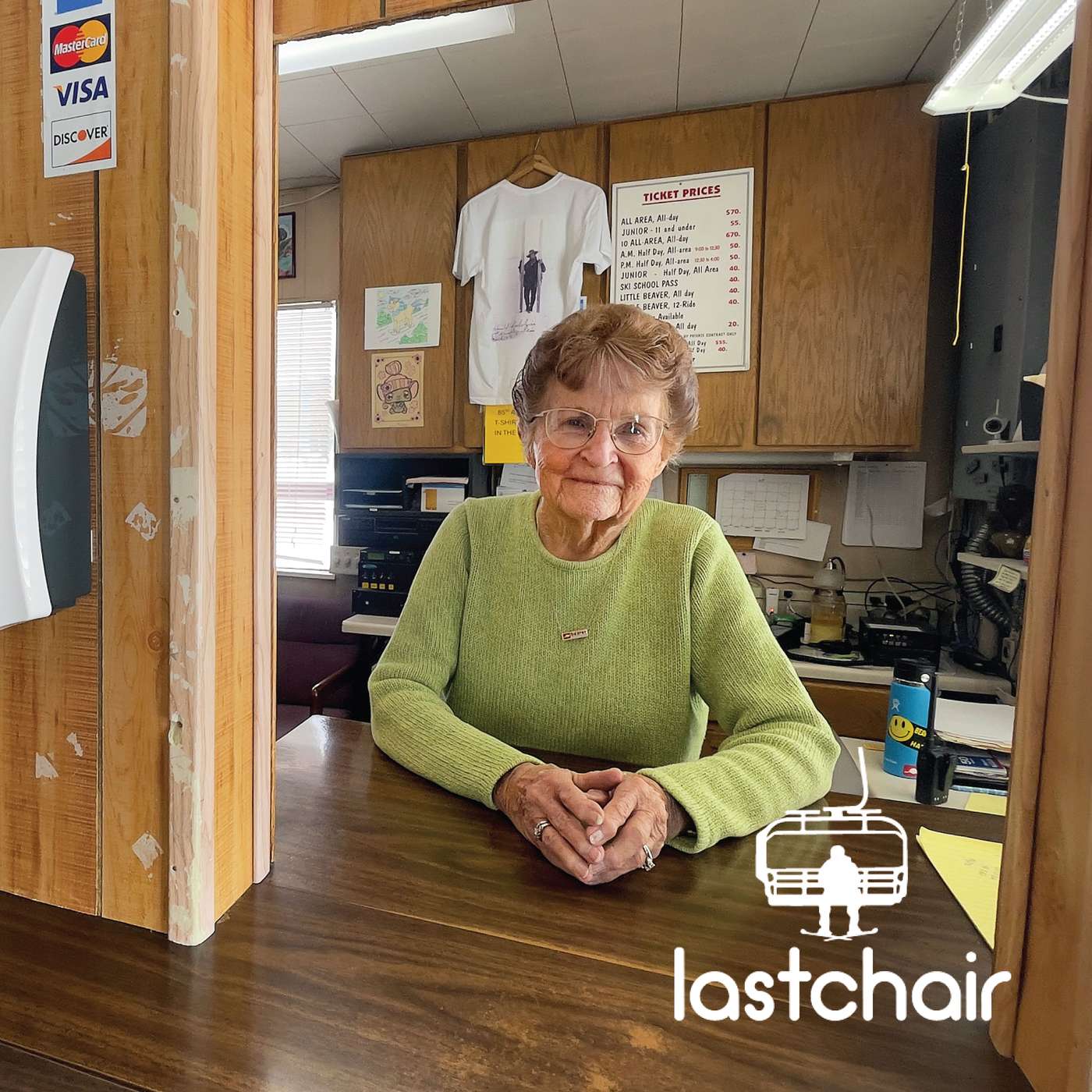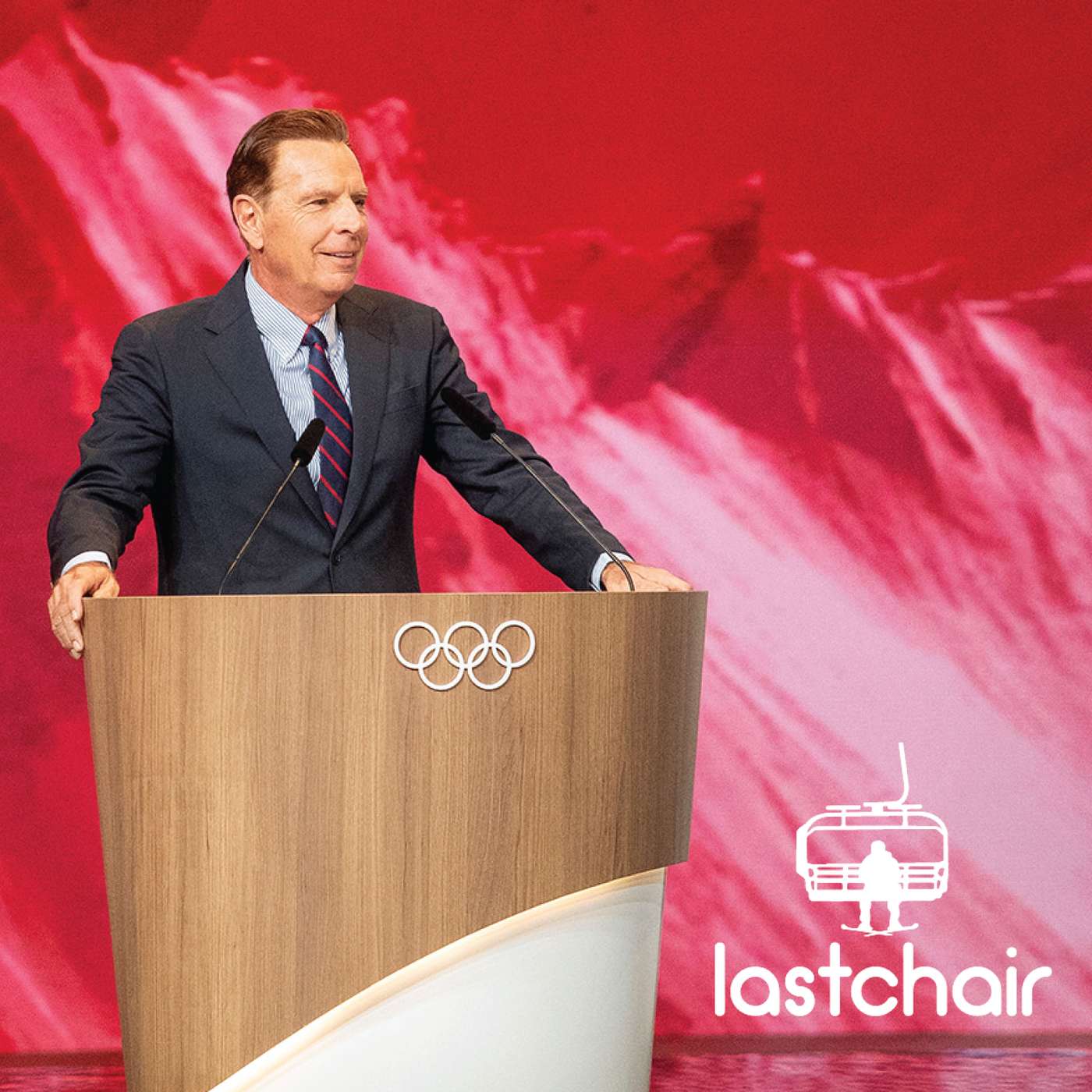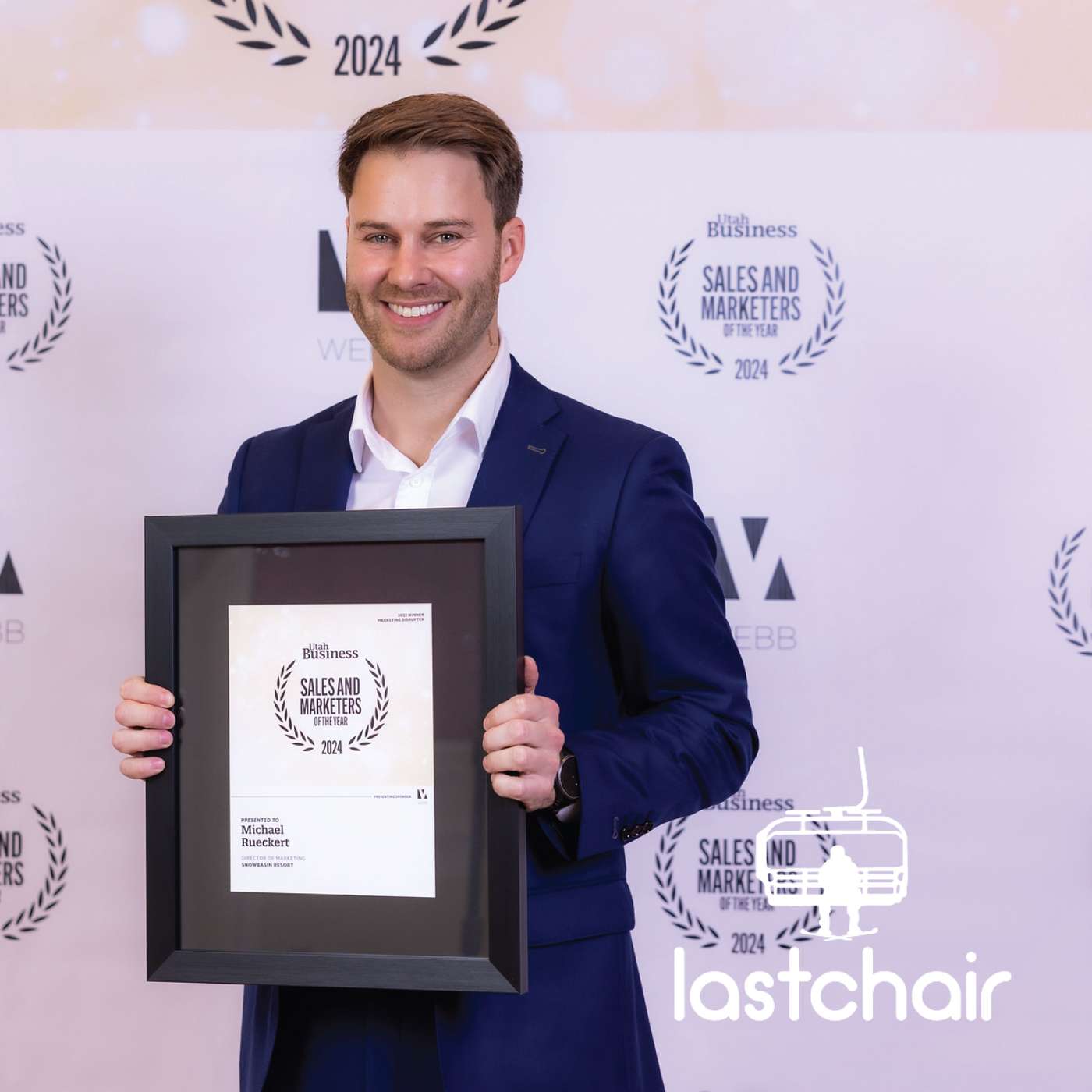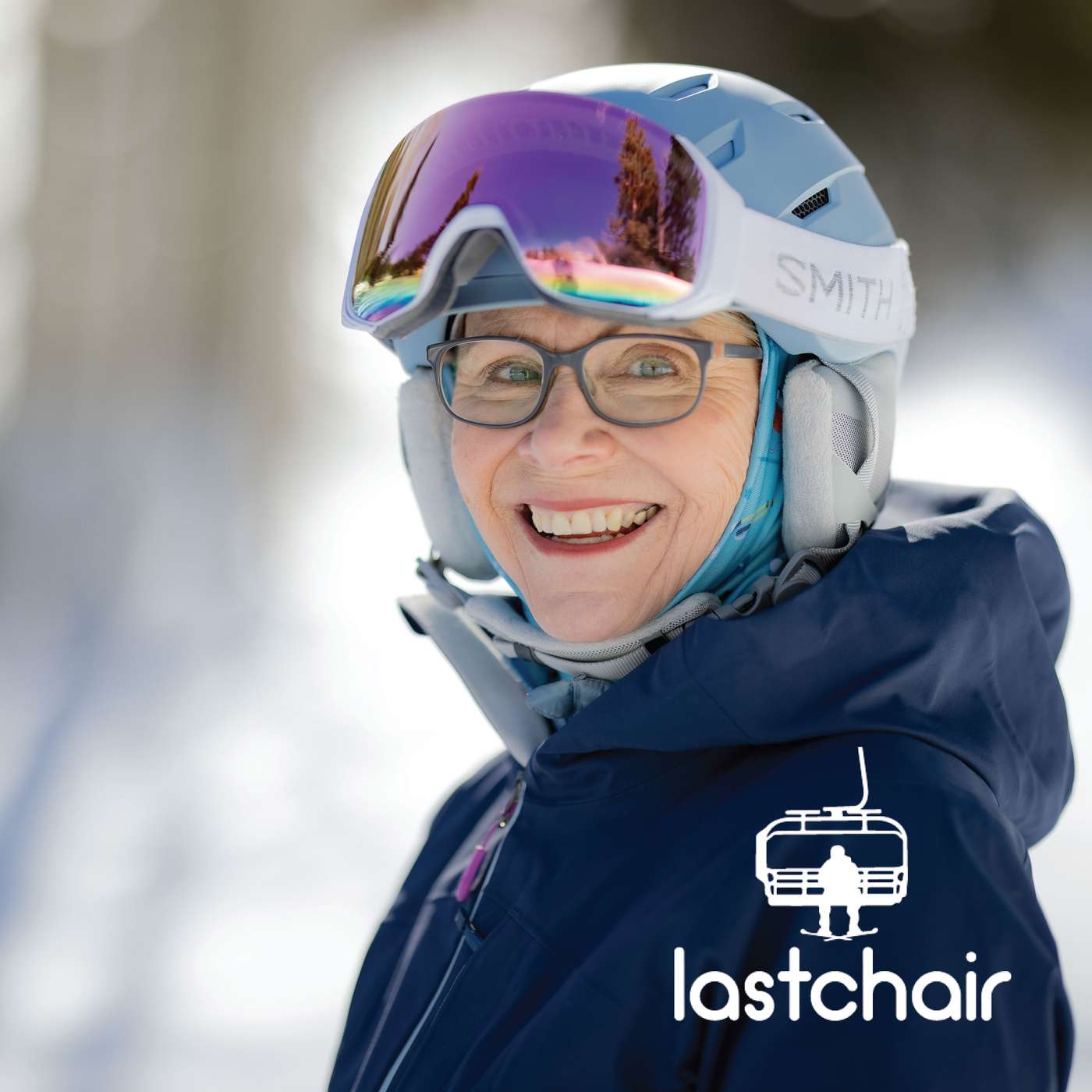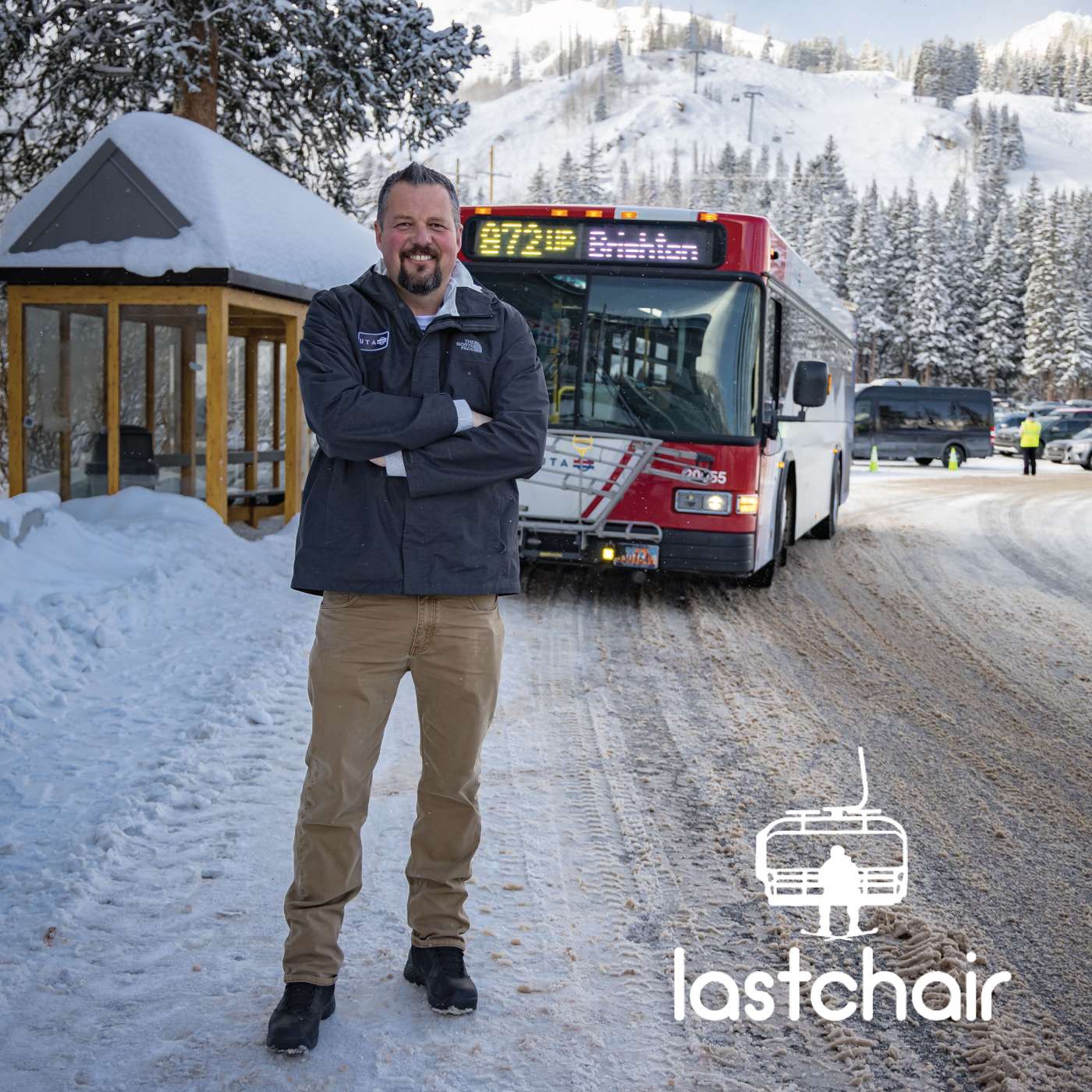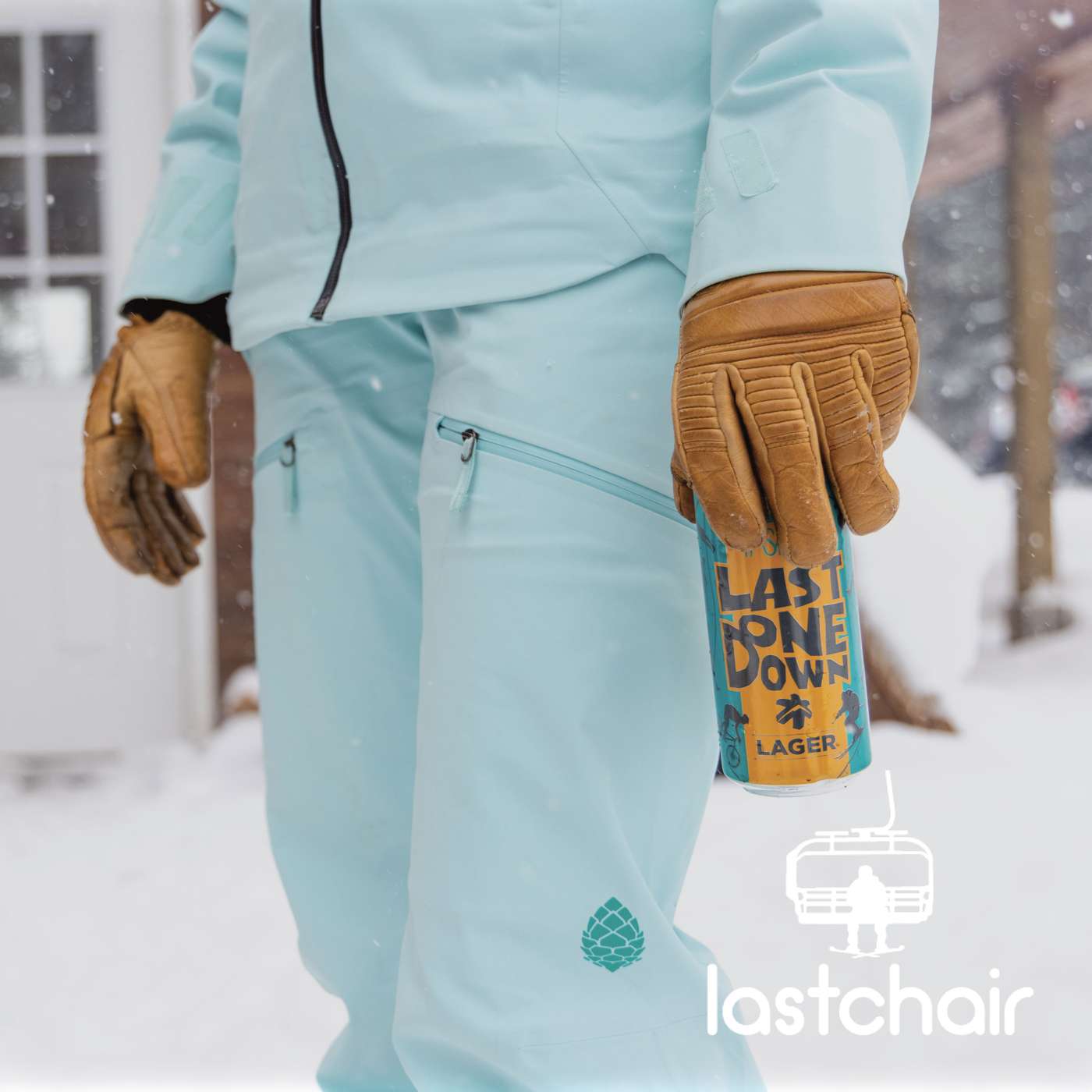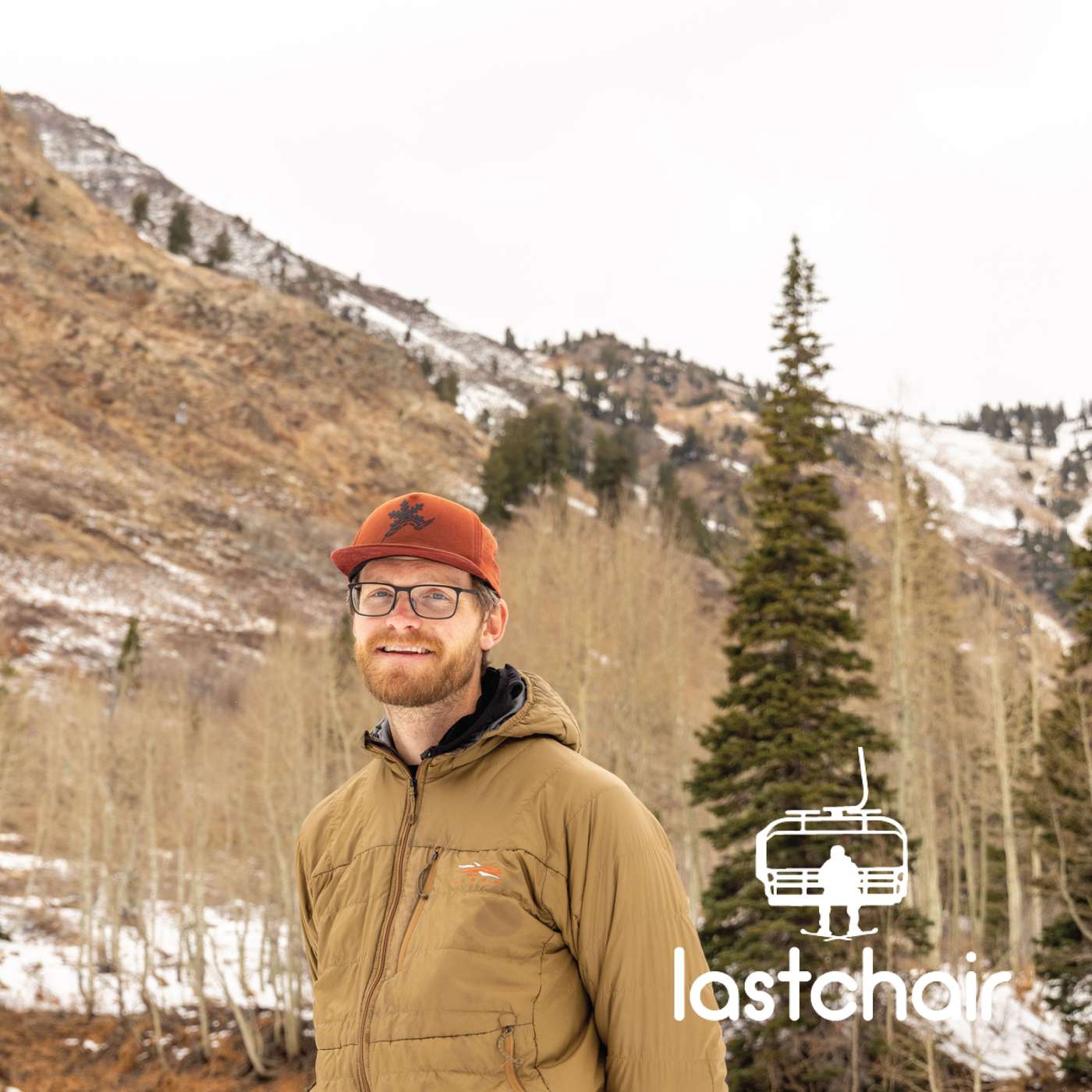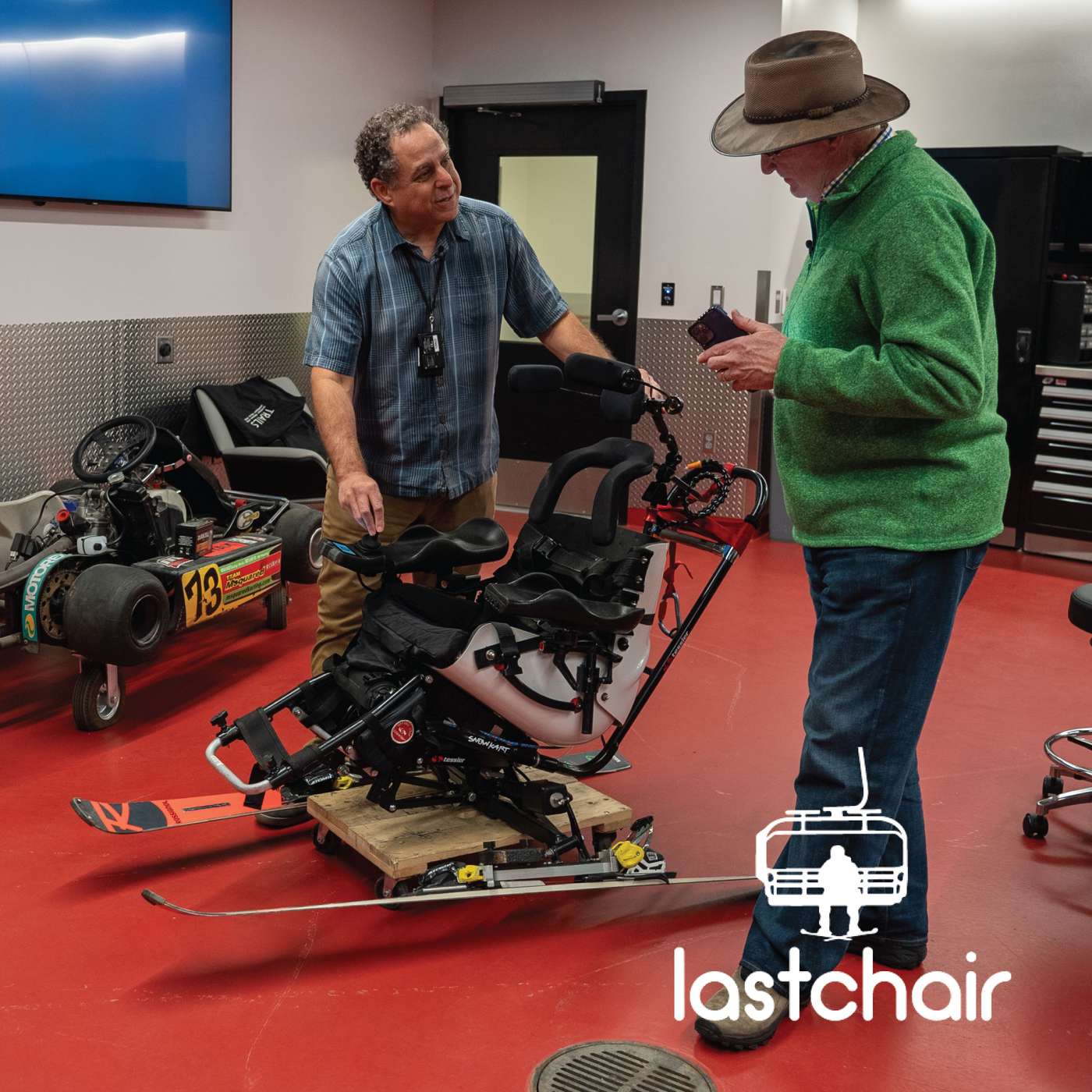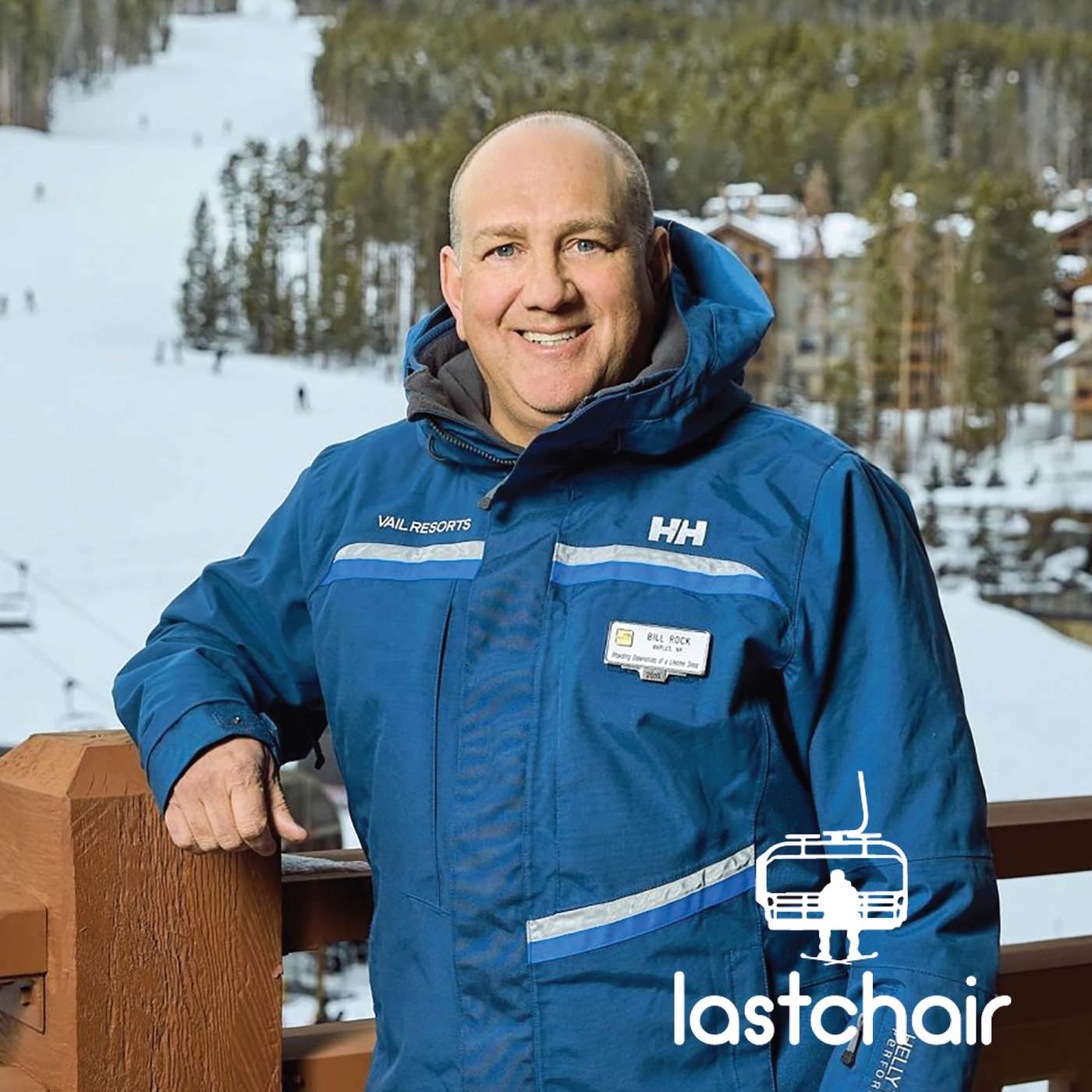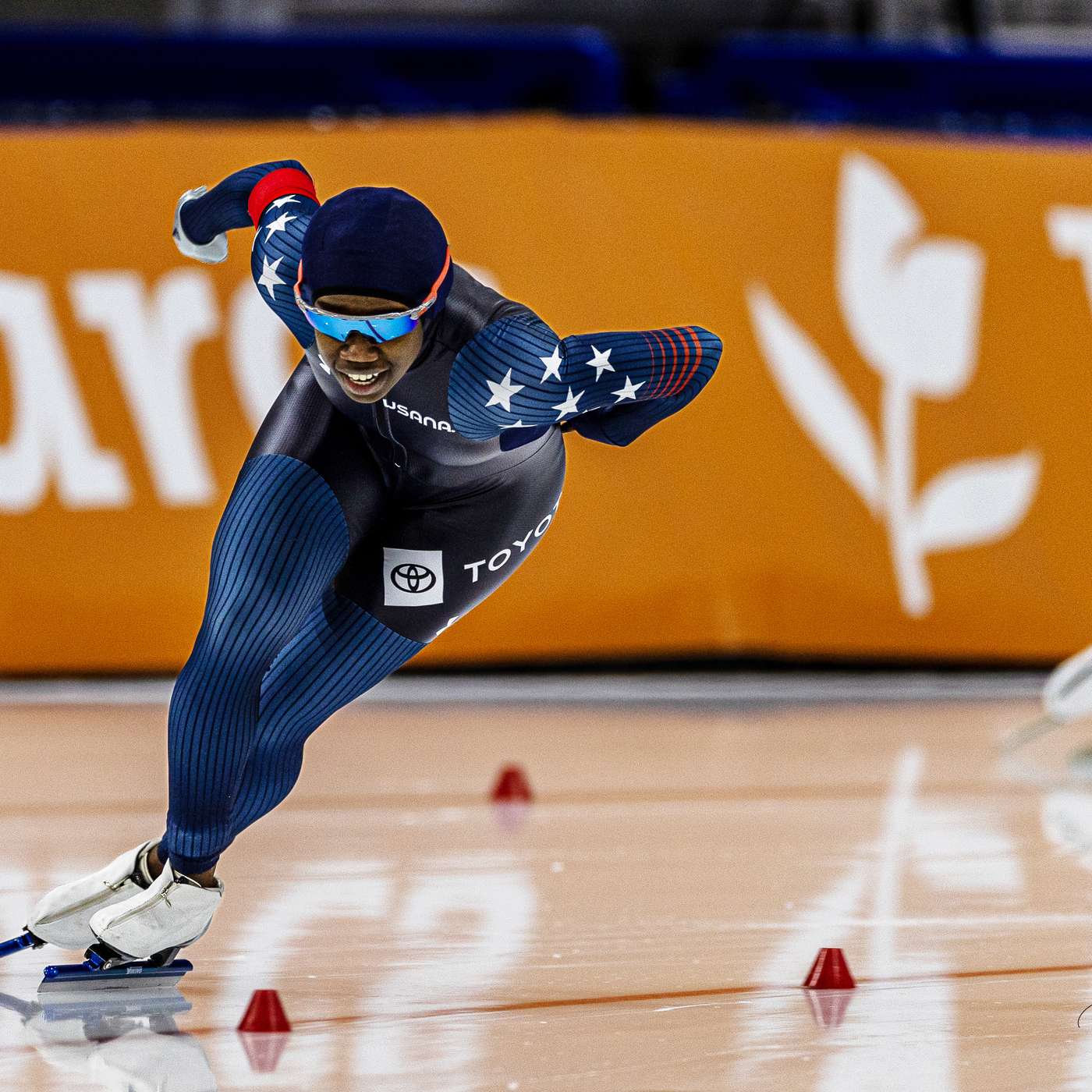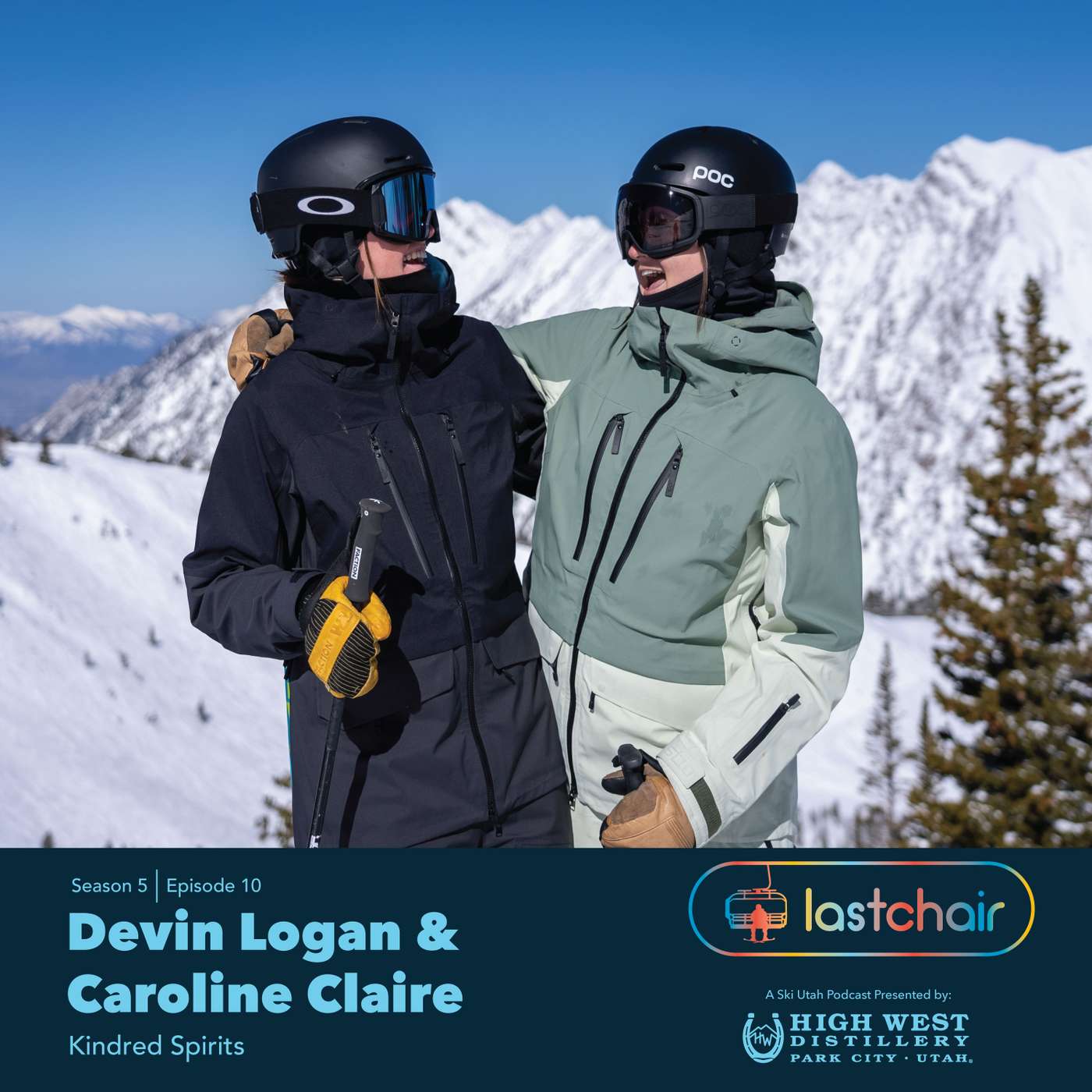SE5:EP9 - Junior Bounous: Living the History of Skiing
Description
The red tram pulled out of the station, heading up to Hidden Peak on its seven-minute run. Perched along the front left window was the legendary Junior Bounous, looking down and surveying the ski runs he plotted out 53 seasons ago. From his base at the Lodge at Snowbird, the 98-1/2-year-old Bounous still gets out to Snowbird and Alta two or three days a week. In this historic interview, Ski Utah’s Last Chair spent a day at Snowbird with Bounous, who regaled us with stories of his nearly a century in the sport.
Born into a fruit-farming family in Provo, he was 11 when he received skis as a present. He soon found his passion. His life chronicles the history of skiing in Utah, from working with Ray Stewart at Timp Haven to his mentorship under the legendary Alf Engen and spending the summer of 1971 designing the runs at Snowbird for visionary Ted Johnson.
Under the guidance of Alf Engen in the 1940s and ‘50s, Bounous learned how to convey the love of skiing to others. He became transformative as a snowsports educator, helping to standardize teaching in an era where European instructors brought differing ideologies to education. Few have introduced more individuals to the joys of skiing than Junior Bounous. And it was Junior who helped introduce the world to powder skiing.
There’s a buzz in the tram line when Junior makes his appearance. Knowledgable Snowbird skiers recognize him instantly. And he’s quick to strike up a conversation.
Atop Hidden Peak, he pauses by the memorial bench dedicated to his ski mate and wife of over 70 years, Maxine. He still soaks in the panoramic view from Mt. Superior across the valley the the terrifying crease of the Pipeline Couloir on Twin Peaks, which he skied with his friend Jim McConkey.
While recording Last Chair in Bounous room at the Lodge at Snowbird, it was mesmerizing to soak in the memorabilia on the walls. One framed article from SKI Magazine stood out from an early-’60s photo shoot by the legendary Fred Lindholm of Junior, Maxine (she’s the one way out front in the key photo), and friends skiing a massive powder bowl on the flanks of Utah’s Mount Timpanogos. Junior vividly recalls the helicopter dropping them off and then going back to Salt Lake City, leaving them a five-mile hike out after what was a glorious descent.
Skiing has brought immense happiness to the son of a fruit farmer from Provo. That joy has manifested itself in sharing the sport with others. As we skied down Chip’s Run, Junior had no issue taking the steeper drops versus cat tracks, simply checking surface conditions first. He happily posed for pictures. At one point, a ski patroller jokingly told him to slow down. It’s been 53 years since he built these trails, but you could still see the pride in his eyes. And he never stopped smiling all the way down.
Linking turns for Ski Utah photographer Chris Pearson, you could hear him singing with the rhythmic, melodic tones of his signature ba-dump … ba-dump … ba-dump, ba-dump, ba-dump with each pole plant.
If you want to bring some simple joy to your own skiing, listen to this episode of Last Chair. This is why we started skiing in the first place.
Here’s a sampling of skiing according to Junior:
The Origins of Powder Skiing
“Powder skiing really did start at Alta. However, we saw in European films as skiers going through powder in the early days, and most of it was a straight line and very little turning. Alta became known for skiing waist-deep powder and making turns. Now, the evolution took time because we were on stiff, narrow skis. Today, there are thousands of skiers with powder snow skis that were not in existence then.”
How Junior Was Tabbed to Design Snowbird
“Ted Johnson and I were friends from Alta's early beginning. He had asked me if I wanted to invest with him, and I said, ‘No, I don't have $20,000.’ I was in the national gelande contest at Alta, and Ted was there. And he said, ‘By the way, Junior, could we get you to come up and get the mountain ready to open for Snowbird?’ I knew it was going in, and I thought about it a little bit and I said, ‘Yes, I've got time. What do you want me to do?’ And he said, ‘I want you to handle the crews and get all of the runs designed and marked off and ready to open’. And so I went home and talked to Maxine. I called him, and I said, ‘Yes, when? When do I start?’ ‘Tomorrow,’ he said. I was taking this job for the summer only. But I started with topo maps in the architect's office and looked at the terrain. I had skied this terrain in the past from Alta. Coming across a Peruvian side was easy skiing. We had open runs; the Gad Valley side had thick pines and aspens and big willow trees that were 15 feet high. But anyway, first topo map, then heli-skiing and figuring out the runs. And then, after I was able to put all this on paper, we still had ten feet of snow.”
History of Ba Dump
“Ba dump entered into my teaching system. Number one is relaxing a student. Number two is rhythm. Rhythm is so important because skiing becomes a movement, not a left turn and a right turn. But it's linked together in a flow, we'll say. The rhythm building is taking the mind off of the student and giving them something to target or think about instead of what they're worrying about. And it's relaxing, as I say, and movement. But ba dump was more of a joke. However, it worked the same because the cadence of left right, left right did not work as well as ba dump, ba dump, because they were really mystified by why would you use words like that?”

